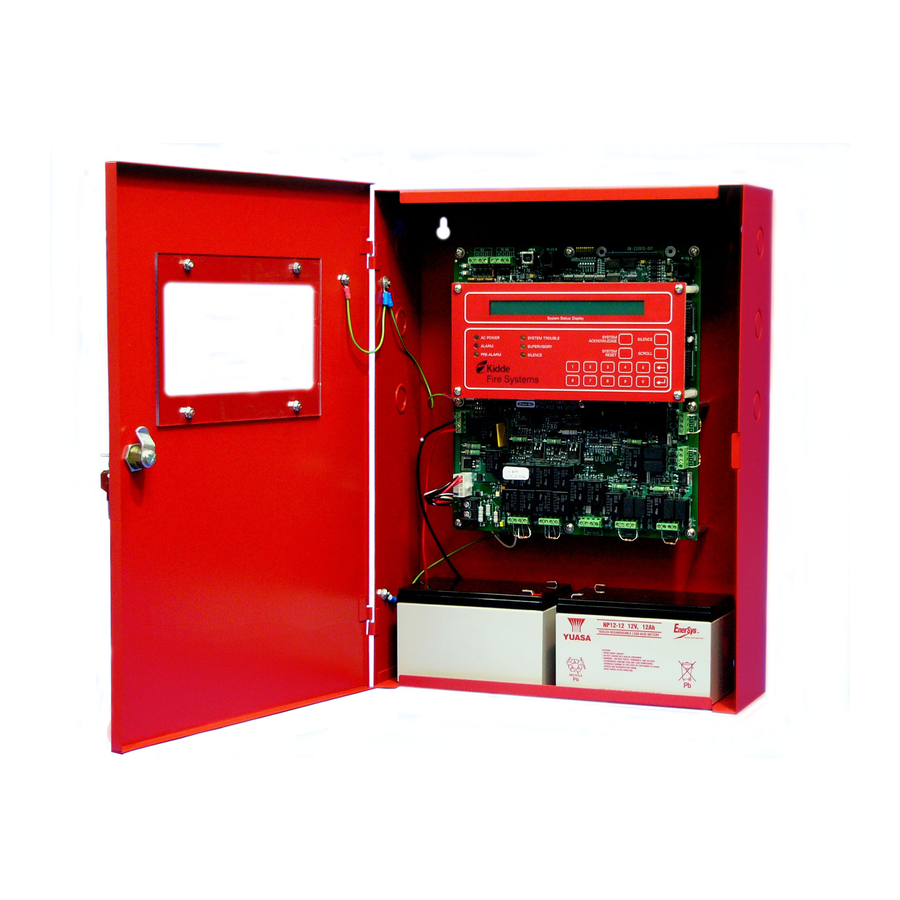
Kidde ARIES Manuals
Manuals and User Guides for Kidde ARIES. We have 1 Kidde ARIES manual available for free PDF download: Installation, Operation And Maintenance Manual
Kidde ARIES Installation, Operation And Maintenance Manual (282 pages)
Fire Alarm/Suppression
Brand: Kidde
|
Category: Control Unit
|
Size: 2 MB
Table of Contents
Advertisement
Advertisement
